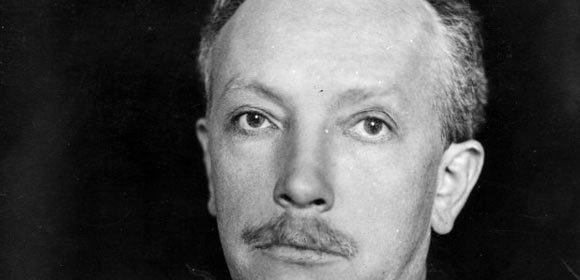
Richard Strauss was a celebrated classical composer, born on 11 June 1864 in Munich, Germany. He was fully equipped with classical composition techniques at a very early age, and is considered one of the most prestigious composers of the first half of the 20th century. The major theme Strauss adhered to in his music was Romanticism, with a particular harmonic touch instilled in the subtleties of German classical compositions of the time. He was also fully equipped with impressive techniques of piano, violin, theory, harmony, and orchestration, before attempting to compose a large-scale selection. In a career that spanned close to 5 decades, Strauss produced some of the most sought-after and inspirational works, mainly restricting his musical styles to opera, concertos, chamber music and orchestral pieces.
Strauss demonstrated a certain charisma when composing orchestral pieces from an early age, leading many in his inner circle to believe he had natural-born talents which would lead him to great heights in his career. One of his earliest works that were noticed by renowned conductor Hans Von Bulow was Serenade (1877), a boyhood orchestral work composed at the age of 17. An early twist in his musical preferences took shape after meeting Alexander Ritter, who introduced Strauss to tone poems, as well as some works of Richard Wagner and Arthur Schopenhauer. In 1888, Strauss attempted to compose his first tone poem, Don Juan. Having demonstrated true artistic flavors in his first tone poem, he created many others in the following years, with the likes of Death and Transfiguration (1889), Till Eulenspiegel’s Merry Pranks (1895) and Thus Spoke Zarathustra (1896). However, after 1895, Strauss became increasingly persuaded by operas. After having a go at two operas with partial success, namely Guntram (1894) and Feuersnot (1901), Strauss’ tremendous zeal and modernist repertoire made headlines with Salome (1905), his first ever popular opera. This particular work was his first collaboration with Hugo Von Hofmannsthal, a famous poet with whom he continued working on a number of succeeding operas.
The success with Salome boosted his confidence, and led him to consider working on another project using his effective weapon of dissonance. Elektra (1909) particularly highlighted the dramatic and soprano features in operas at the time, and went a long way in attracting significant audiences. In his later works with Von Hofmannsthal however, Strauss decided to go easy with the dissonance he had so often embellished his previous operas with, while making more effective use of harmonic language and chromatic arrangements that he had demonstrated in his earlier tone poems. The next few works, such as Der Rosenkavalier (1911), Ariadne auf Naxos (1912), Die Frau Ohne Schatten (1918), Die Agyptische Helena (1927), and Arabella (1932), were huge successes and impressively carved Strauss’ name amongst the top composers of the day. His operas were so popular in the latter half of the 20th century that he became the second most performed artist, after Giacomo Puccini.
He continued composing operas till the 1940s, but what is perhaps the most popular of his last compositions was the Four Last Songs (1948), a set of songs he dedicated to the things and people he loved. The songs were Fruhling, September, Beim Schlafengehen and Im Abendrot, all performed post-humously in 1950. Richard Strauss passed away on 8 September 1949, in Garmisch-Partenkirchen, Germany.